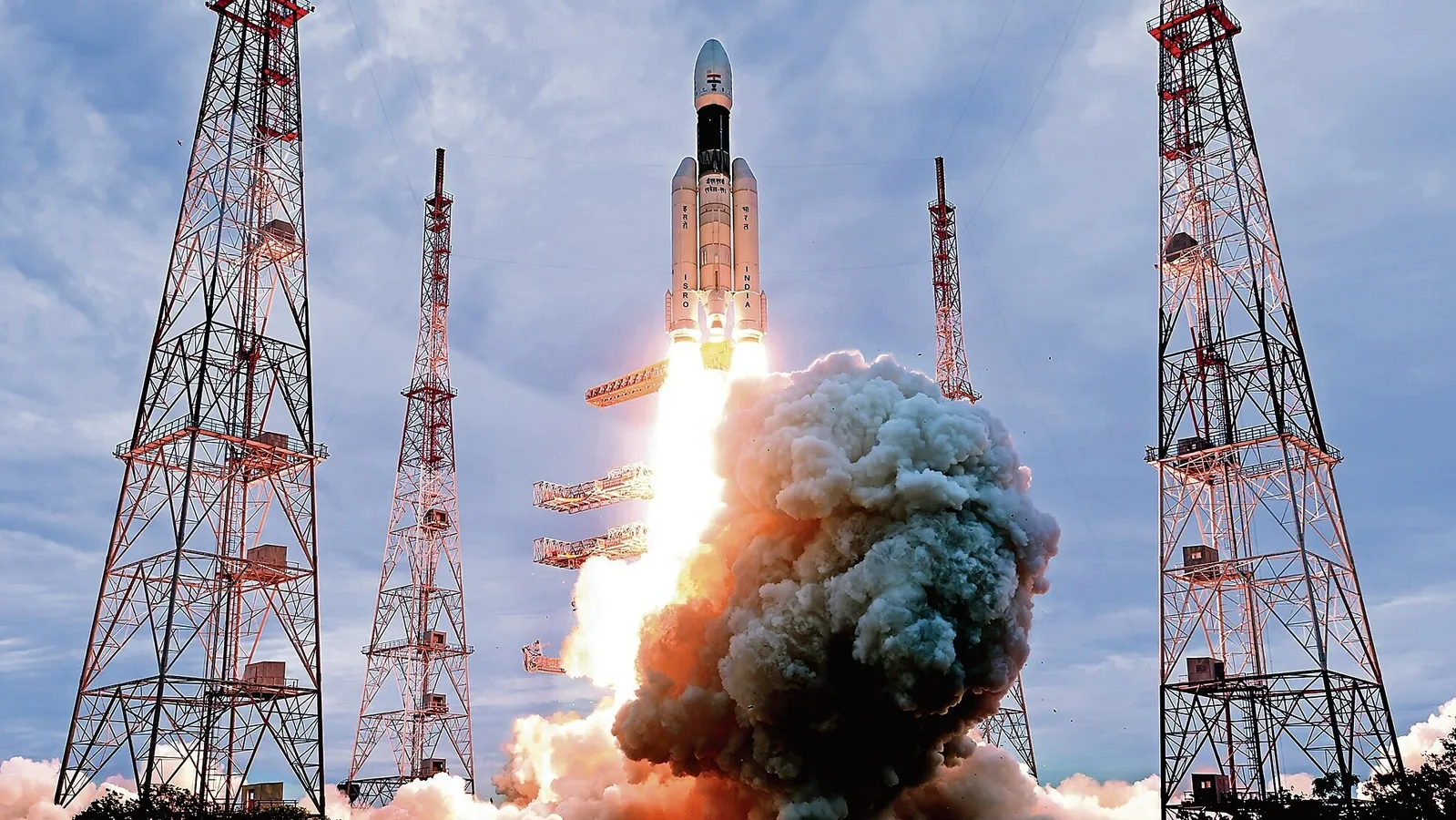Chandrayaan 3: India’s Third Mission to the Moon
On July 14, 2023, India launched its third mission to the Moon, Chandrayaan 3. The mission is a follow-up to the Chandrayaan 1 and Chandrayaan 2 missions, which both made significant contributions to our understanding of the Moon. Chandrayaan 3 is designed to achieve two major objectives:
- Land a rover on the Moon’s surface.
- Conduct scientific experiments on the lunar surface.
The Chandrayaan 3 spacecraft consists of three modules: an orbiter, a lander, and a rover. The orbiter will orbit the Moon for about a year, collecting data and transmitting it back to Earth. The lander will touch down on the Moon’s surface and deploy the rover. The rover will then explore the lunar surface for up to 14 days, collecting samples and conducting experiments.
The Chandrayaan 3 mission is a major milestone for India’s space program. It is the first Indian mission to attempt to land a rover on the Moon. The success of the mission would demonstrate India’s capabilities in space exploration and would further boost its reputation as a leading spacefaring nation.
Key Objectives of Chandrayaan 3
The Chandrayaan 3 mission has three key objectives:
- To land a rover on the Moon’s surface. This is the first time India will attempt to land a rover on the Moon. The rover will be equipped with a variety of instruments to study the lunar surface, including a camera, a spectrometer, and a magnetometer.
- To conduct scientific experiments on the lunar surface. The rover will conduct a variety of experiments on the lunar surface, including experiments to study the Moon’s geology, its atmosphere, and its potential for resources.
- To improve India’s space technology. The Chandrayaan 3 mission will help India to improve its space technology in a number of areas, including spacecraft design, navigation, and landing systems.
Scientific Goals of Chandrayaan 3
The Chandrayaan 3 mission will address a number of scientific questions about the Moon, including:
- What is the composition of the lunar surface?
- What is the history of the Moon’s formation and evolution?
- Is there water on the Moon?
- What are the resources available on the Moon?
- Can the Moon be used as a base for future human exploration?
The answers to these questions will help us to better understand the Moon and its potential for future exploration.
Technology Goals of Chandrayaan 3
The Chandrayaan 3 mission will help India to improve its space technology in a number of areas, including:
- Spacecraft design: The Chandrayaan 3 spacecraft is more complex than previous Indian lunar missions. It will be equipped with a number of new technologies, including a new landing system and a new rover.
- Navigation: The Chandrayaan 3 spacecraft will need to navigate to the Moon and land on its surface with great precision. The mission will use a variety of new navigation technologies to achieve this goal.
- Landing systems: The Chandrayaan 3 spacecraft will use a new landing system to touch down on the Moon’s surface. The landing system will be designed to ensure a safe and soft landing for the spacecraft and its payload.
The successful development and implementation of these new technologies will help India to become a leading spacefaring nation.
The Future of Chandrayaan
The Chandrayaan 3 mission is a major milestone for India’s space program. If the mission is successful, it will pave the way for future Indian missions to the Moon. India is planning to send a crewed mission to the Moon in the next few years. The Chandrayaan 3 mission will provide valuable data and experience that will help India to achieve this goal.
The Chandrayaan 3 mission is also a significant contribution to the global effort to explore the Moon. The mission will share its data and findings with the international community, helping to advance our understanding of the Moon and its potential for future exploration.
Conclusion
The Chandrayaan 3 mission is a major step forward for India’s space program and for the global effort to explore the Moon. The mission is expected to make significant contributions to our understanding of the Moon and its potential for future exploration. The success of the mission would be a major boost for India’s space program and would further cement its reputation as a leading spacefaring nation.

